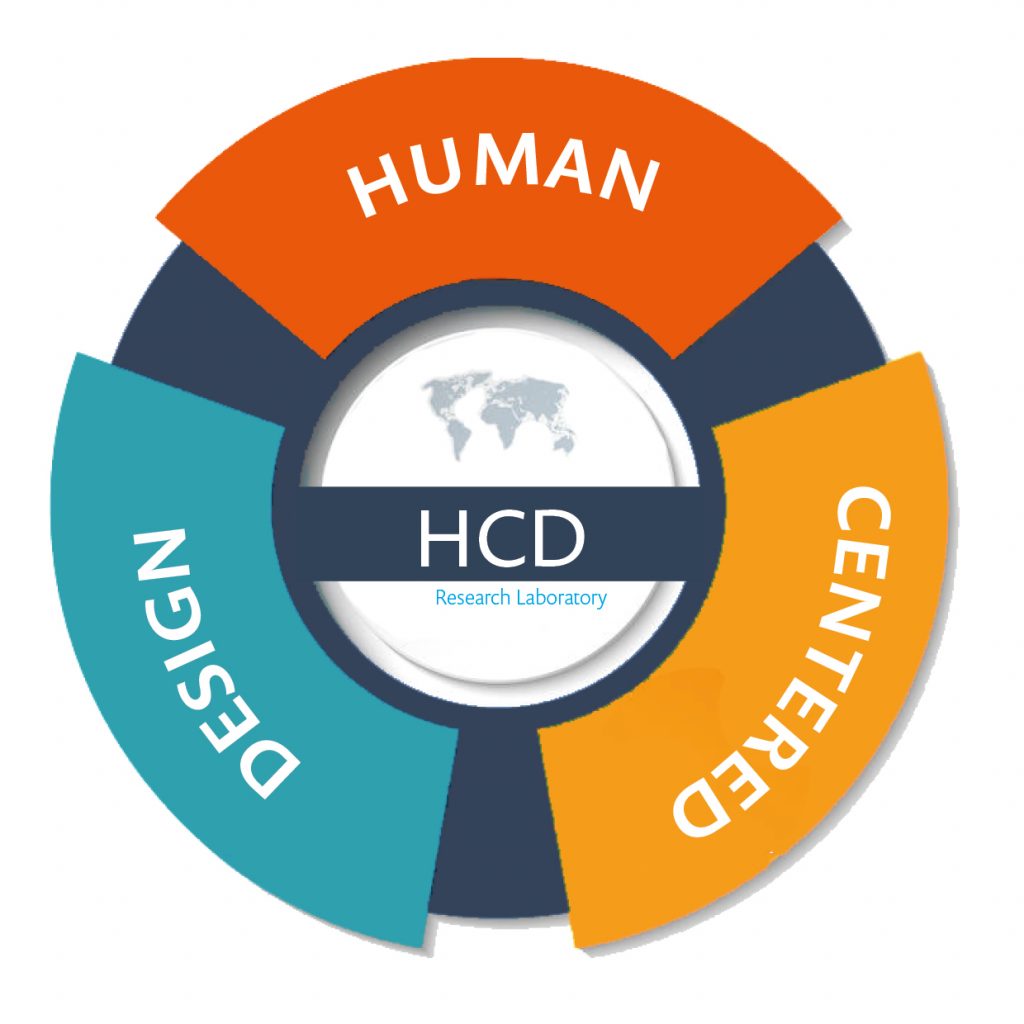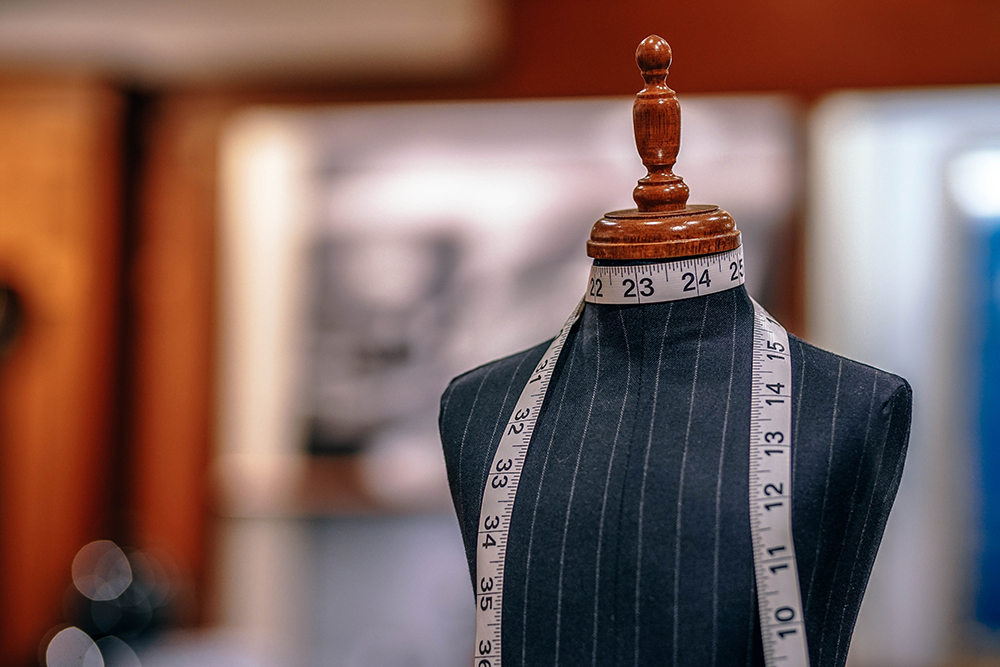
Regrouping the skills of 11 permanent teachers/researchers of GEMTEX Laboratory, this research group aims at developing advanced computational tools and instrumental and human measuring methods for design of advanced materials, such as multifunctional and intelligent materials, as well as personalized garments. Characterization and modelling of human factors, including expert knowledge on products and processes, consumer’s perception (fabric hand, textile appearance, comfort and well-being), fashion styles and body shapes, and control and optimization of man/material/environment interface, constitute the key issues in the proposed design processes for materials and finished products. Modelling with learning from experimental data, human cognition and physical lows is the main computational tool used in this group. In the frame of these activities, 5 PhD students defended their thesis in 2010 and 2011, and 9 PhD students are carrying out their research projects. The activities of HCD group are realized in strong cooperation with MTP group (Multifunctional Textiles and Processes) and MTC (Mechanics Textile Composites), in the frame of Sustainable development-based design for materials and processes, sensory design of advanced materials, and design of smart textiles and also in structural health monitoring of composites using flexible fibrous sensors and adapted miniaturized electronic devices. About 50% PhD students working on the topics of HCD are supervised by researchers of these groups. Overview : Decision support system, modelling and optimization of products, processes and organizational systems, human factors: perception, cognition and man/material/environment interactions, instrumentation and control.
Our research group is working around the following topics:
This theme aims at developing a new design concept called «man/garment/environment interface»., which requires collaborations between different areas. Its main objective is to integrate virtual prototypes, sales elements, fashion styles and wearer’s fitting comfort into the same design process by suitably applying garment CAD software and modelling textile structures and human bodies.
This theme first aims at developing a number of multi-criteria decision support systems for evaluating textile processes, materials and organizations of the textile supply chain in terms of environment, human health and social impacts.

3 – Computerized design of advanced materials using decision support systems
This theme aims at optimizing multifunctional material design using decision support systems and intelligent techniques (fuzzy logic, neural network, genetic algorithms). In the activities of this theme, there exist strong collaborations with the group MTP (Multifunctional textiles and processes). The problems encountered in computerized design for materials mainly include modelling of processes and textile materials with insufficient data, formalization and analysis of human knowledge on processes and products, searching for optimal design of experiments with few tests.
For modelling textile materials, the research work is focused on :
4 – Sensory design: integration of human perception and cognition into design processes
This theme aims at characterizing consumer’s perception and cognition (sensory quality of textiles) and integrating them into the design process for textile materials and finished products (sensory design).
The techniques of sensory and multi-sensory evaluation as well as advanced computing (fuzzy logic, genetic algorithms, data fusion, clustering) are used in the developed methods.
In this section the concept of intelligent textiles and apparel developed in our laboratory is introduced. The term intelligent textiles and apparel describes a class of textile structures that has active functions, in addition to the traditional properties of clothing. These novel functions, or properties, are obtained by utilizing special textiles or electronic devices, or with a combination of the two. Thus, a sweater that changes colour under the effect of heat could be regarded as intelligent clothing, as could a bracelet that records the heart rate of an athlete while he/she is exercising. There are three categories in which intelligent clothing can be classified:
